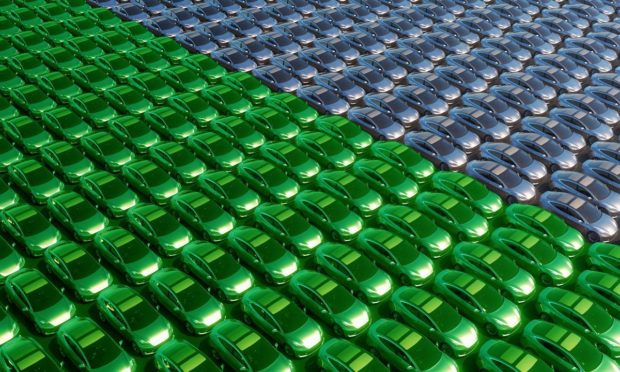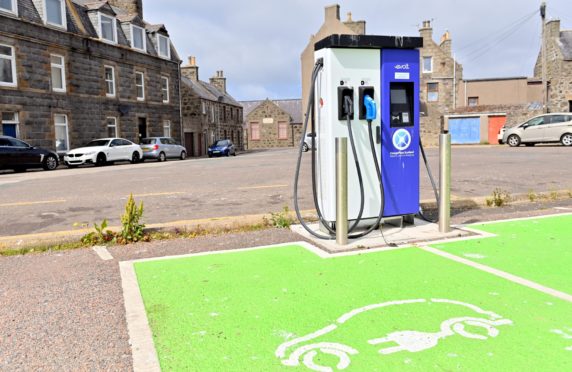Over half of the Scottish Government’s car fleet is electric or electric hybrid, according to new figures.
The SNP is pledging to phase out the need for new petrol and diesel cars across Scotland by 2030 in a bid to tackle the climate crisis – and part of this includes having all public sector fleets electric by 2025.
Ahead of Glasgow hosting the UN COP26 climate change summit, where the government says it wants Scotland to be seen as a world leader in tackling the climate emergency, we decided to ask the government just how many cars in its fleet are currently electric.
And 116 out of the government’s 206 cars are electric or electric hybrids.
This includes five hybrids, five electric range extended cars, 79 plug-in hybrid electric cars, and 27 fully electric cars.
Despite the fleet still including 73 diesel cars and 17 petrol cars, the government says it is working towards the targets set out in the 2019/20 programme for government, which said all petrol and diesel cars in public sector fleets need to be phased out completely by 2025.
‘Committed’ to decarbonising car fleet
Part of the reason for introducing electric cars to public sector fleets is to lead the way and encourage the wider public to opt for electric cars in the future.
This will help the government in its bid to phase out the need for new petrol and diesel cars across Scotland completely by 2030.
A spokeswoman for the Scottish Government said: “As part of our commitment to decarbonise our fleet we have increased investment in ultra-low emitting electric vehicles, which now make up 51% of the overall current fleet and 100% of the current government car service fleet.
“We are committed to phasing out petrol and diesel cars from the public sector fleet by 2025 and replacing fossil-fuelled vehicles with plug-in or fully electric vehicles where appropriate.”
What have the parties pledged?
Ahead of the May 2021 election, all the main political parties in Scotland made manifesto pledges about the need for more people to buy electric cars in a bid to save the planet.
As well as phasing out the need for petrol and diesel cars by 2030, the SNP also said in its manifesto it wants to reduce car use by 20% to take car levels back to what they were in the 1990s.
The Scottish Conservatives meanwhile say the government needs to make sure there are enough electric car charging points across the country to encourage more people to buy electric.
The party also says the government should subsidise the installation of electric charging points in home and workplaces, and subsidies to make buying an electric car more affordable.
Meanwhile Scottish Labour wants to see the government offering interest-free loans to help low and middle income families buy electric cars.
They also say the roll-out of electric car charging points should be accelerated and focused on areas with the least amount of access to electric charging points.
The Scottish Greens want to have all new petrol and diesel cars banned from 2026 onwards, which is four years sooner than the SNP, who they are now in government with.
To reach this aim, the Greens say all public sector bodies should be using zero-emissions vehicles before this deadline of 2026.












